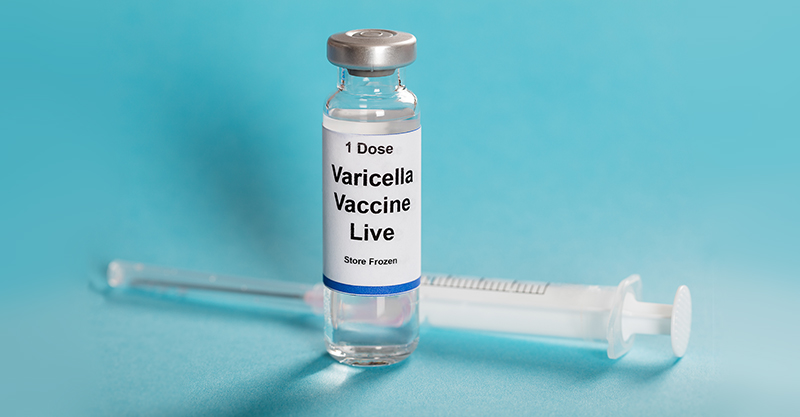By the World Mercury Project Team

“Collusion” is the word du jour, and the practice’s very characteristics—deception, fraud, misrepresentation and secrecy—often prevent collusive acts from coming to light. In the scientific research community, would-be deceivers draw on a variety of tricks to slant their message, including manipulating data, employing other questionable research practices, not disclosing conflicts of interest, harassing whistleblowers and engaging in outright censorship.
The Centers for Disease Control and Prevention (CDC) is no stranger to any of these tactics, but eventually, as Shakespeare once predicted, the “truth will out.” Critics and senior scientists, in growing numbers, have been pulling back the veil on the CDC’s unethical modus operandi, arguing that questionable practices have become “the norm and not the rare exception.” Adding to this emerging picture of a public agency captive to “rogue interests,” a March 2018 article in the Annals of Clinical Pathology describes CDC’s suppression of inconvenient research findings pertaining to its Universal Varicella Vaccination Program. The author, an independent computer scientist, outlines in morbidly fascinating detail the “collusion” between CDC and its local public health partner to conceal unwanted chickenpox vaccine outcomes from the public.
One virus, two diseases
Prior to the 1990s, natural chickenpox (caused by the varicella zoster virus) was a nearly universal childhood experience and, in children with normal immune systems, played out as a mild disease that conferred long-term immunity. In 1995, without any compelling medical reason to do so, the CDC added the chickenpox vaccine to the childhood vaccine schedule for 12- to 15-month-olds. In 2006, acknowledging the problem of waning vaccine effectiveness, it indicated that four- to six-year-old children needed to get a second (booster) shot.
